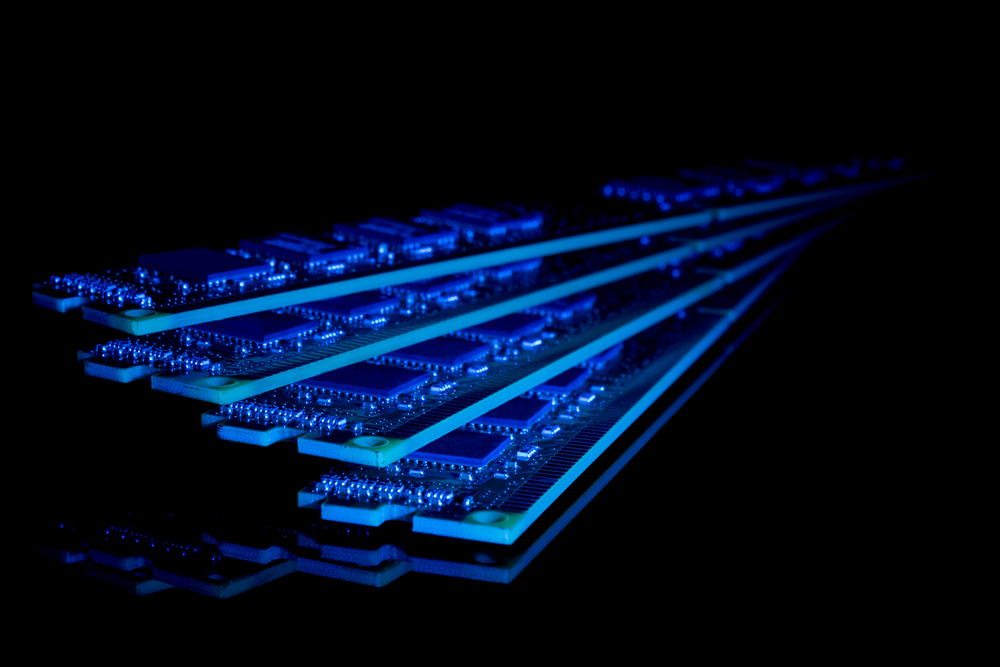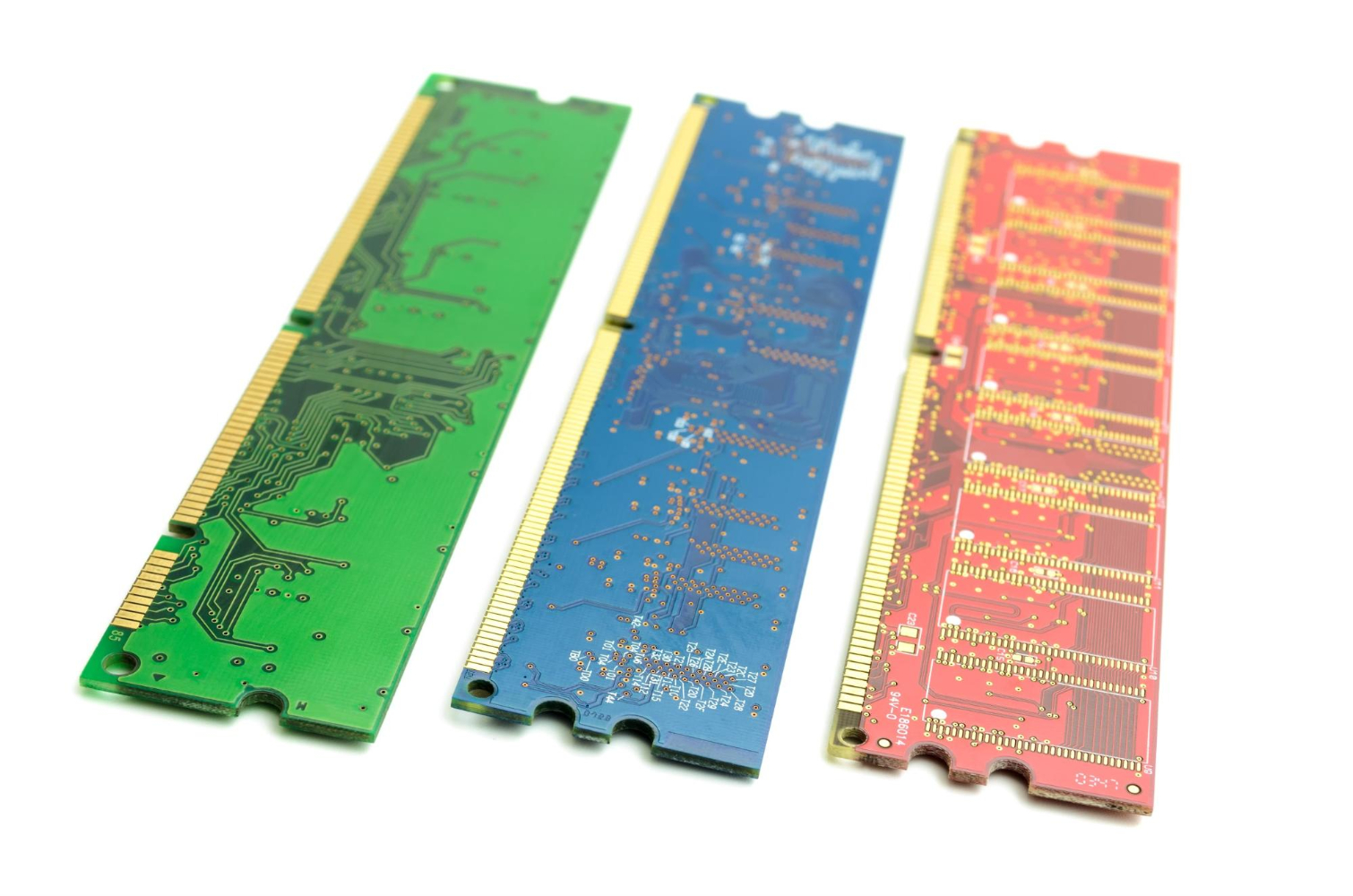How Much Memory Do You Need: 8, 16 or 32GB of RAM?
RAM prices have been trending down lately due to falling demand and slower device sales. For example, a 16GB (2 x 8 GB) pack of G.Skill TridentZ DDR4 RAM that cost around $215 a year ago is $100 cheaper today. And you can find a 32GB kit for less than $230, which used to sell for well over $300.
With those kinds of prices, you may be thinking about buying more RAM for your PC. But how much memory do you really need, 8, 16 or 32GB?
Over the years, the need for more RAM in general has of course increased. Web pages, applications and games are allocating and using more RAM compared to just a few years ago. A few years back, PC users were able to get away with 8GB for typical use, including gaming. Today that value can be eclipsed just by running a single game, some heavy rendering, or even through just browsing the web with several tabs open.
If your existing RAM gets used up, your computer will write out anything else to the page file on your best hard drive or SSD. If whatever you’re doing needs to exchange that information frequently, slow downs and even hitching can occur. No matter how fast your storage drive, its performance is still exponentially slower than if your applications run directly from RAM.
Though running out of RAM can turn a solid system on its head, buying too much is a waste of money. And no matter what your PC building budget, every dollar (or pound sterling) matters. Let’s look at what you can do with different amounts of memory.
8GB: The Bare Minimum for Most People
For starters, forget about 4GB. Unless you’re refurbishing an old computer for the kids or you’re buying a Chromebook, 8GB is the bare minimum for most people. These days, a system with 4 GB is reserved for a web/email/casual gaming machine only. Most PC games use a fair amount of memory. We ran six games (F1 2018, Apex Legends, Battlefield V, PUBG, The Division 2, and Shadow of the Tomb Raider) to see just how much. Note this is with no other major programs running, just whatever naturally starts up with Windows (which uses about 2.7 GB at idle) and the game itself.
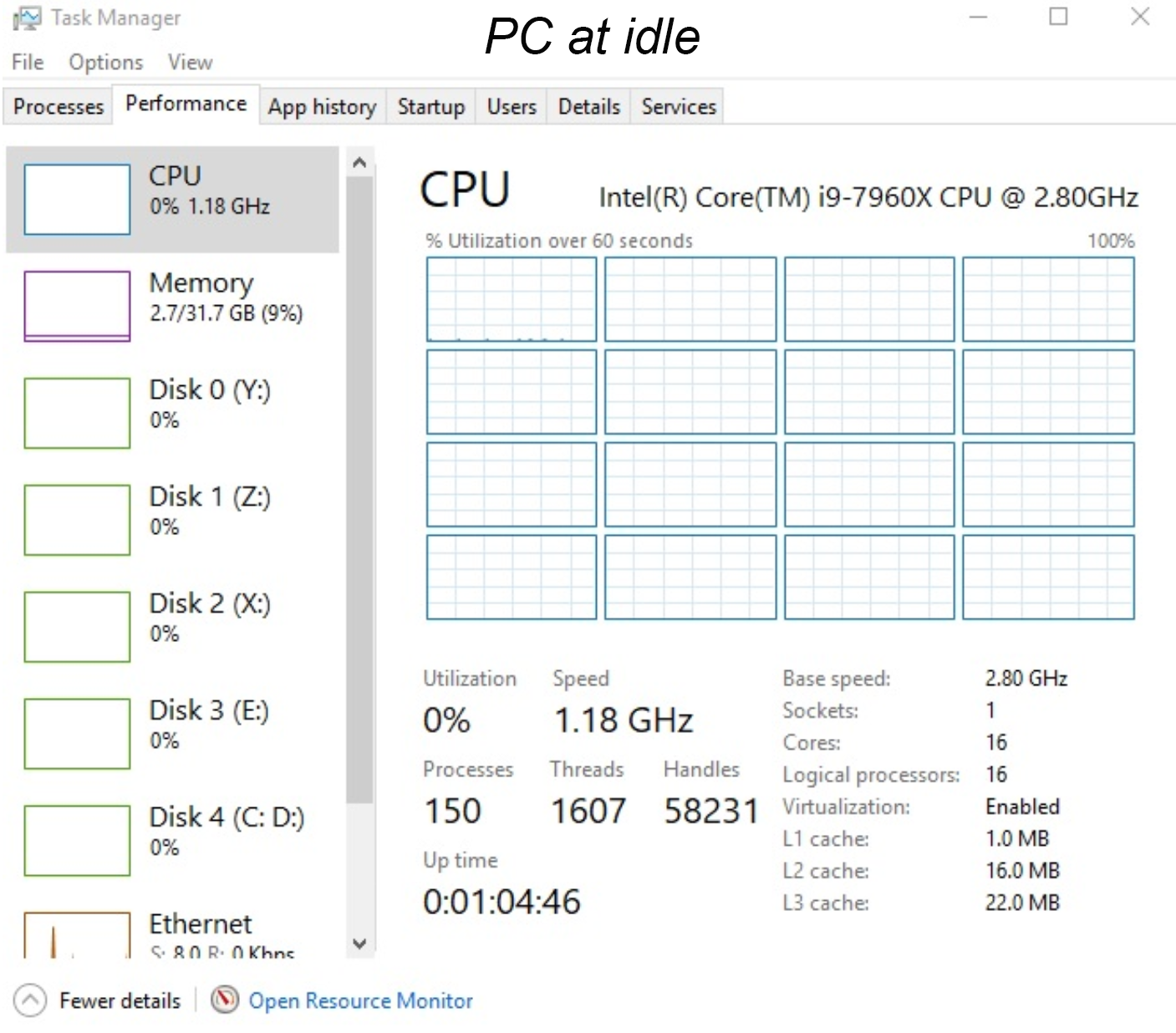
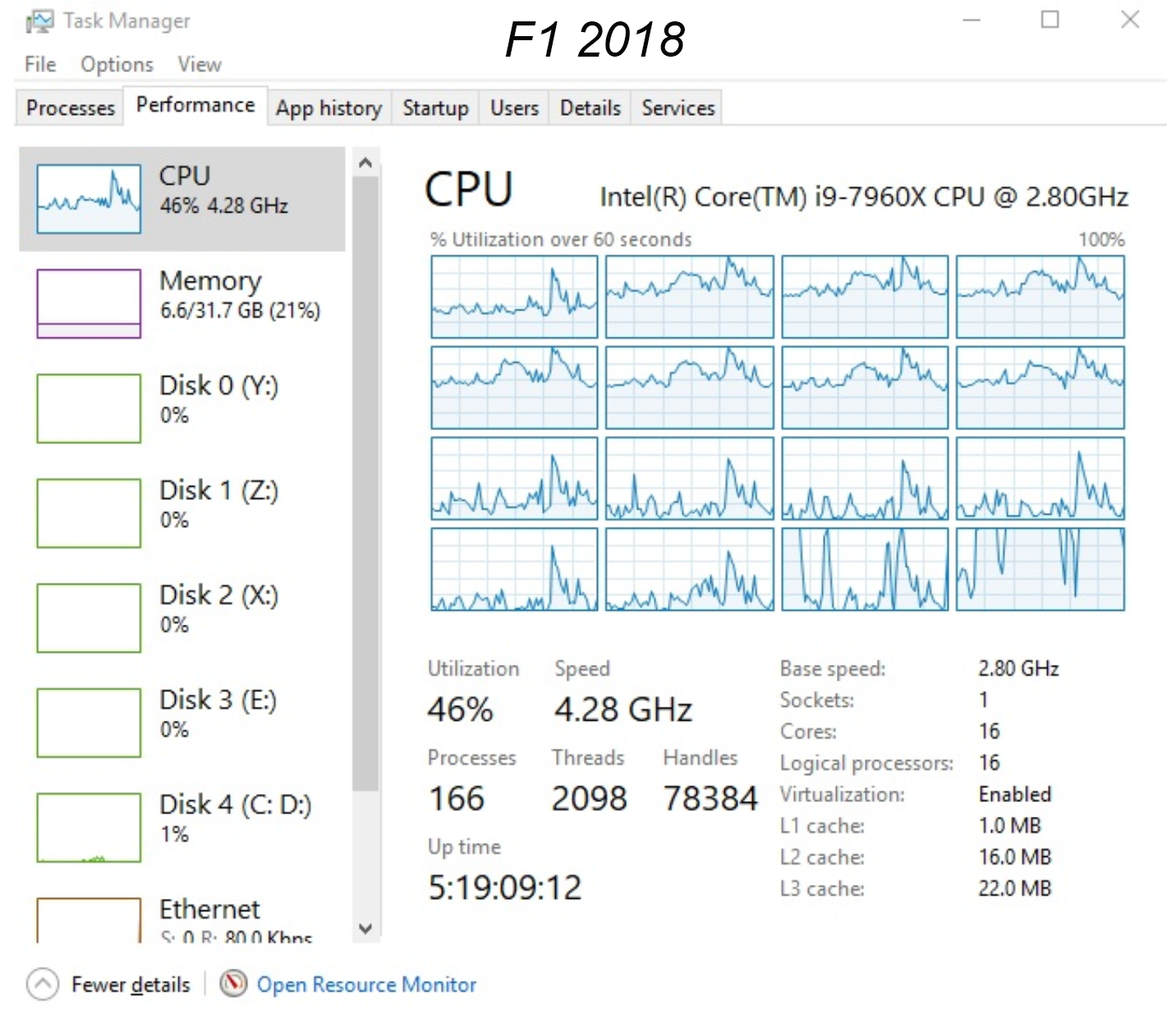
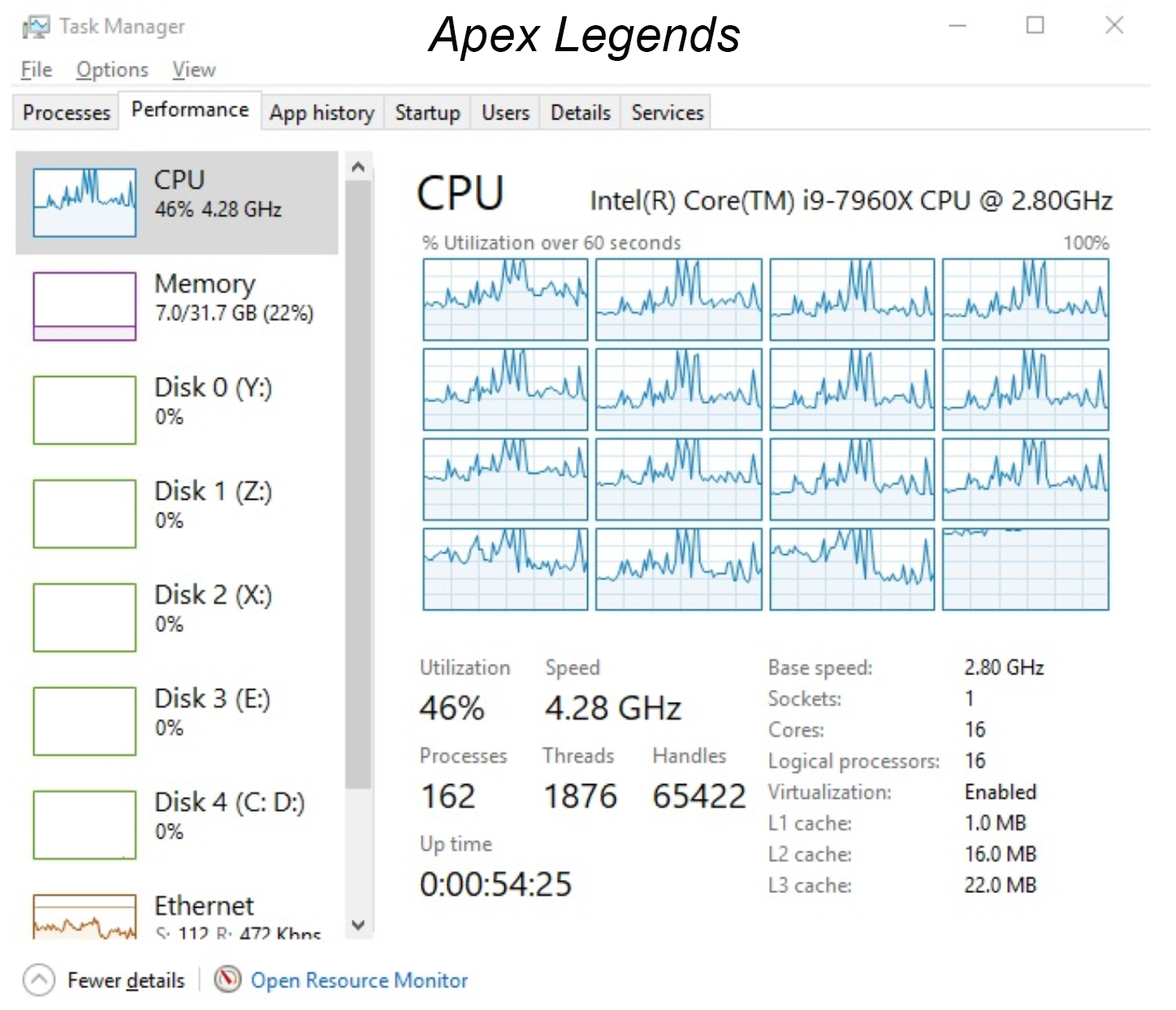
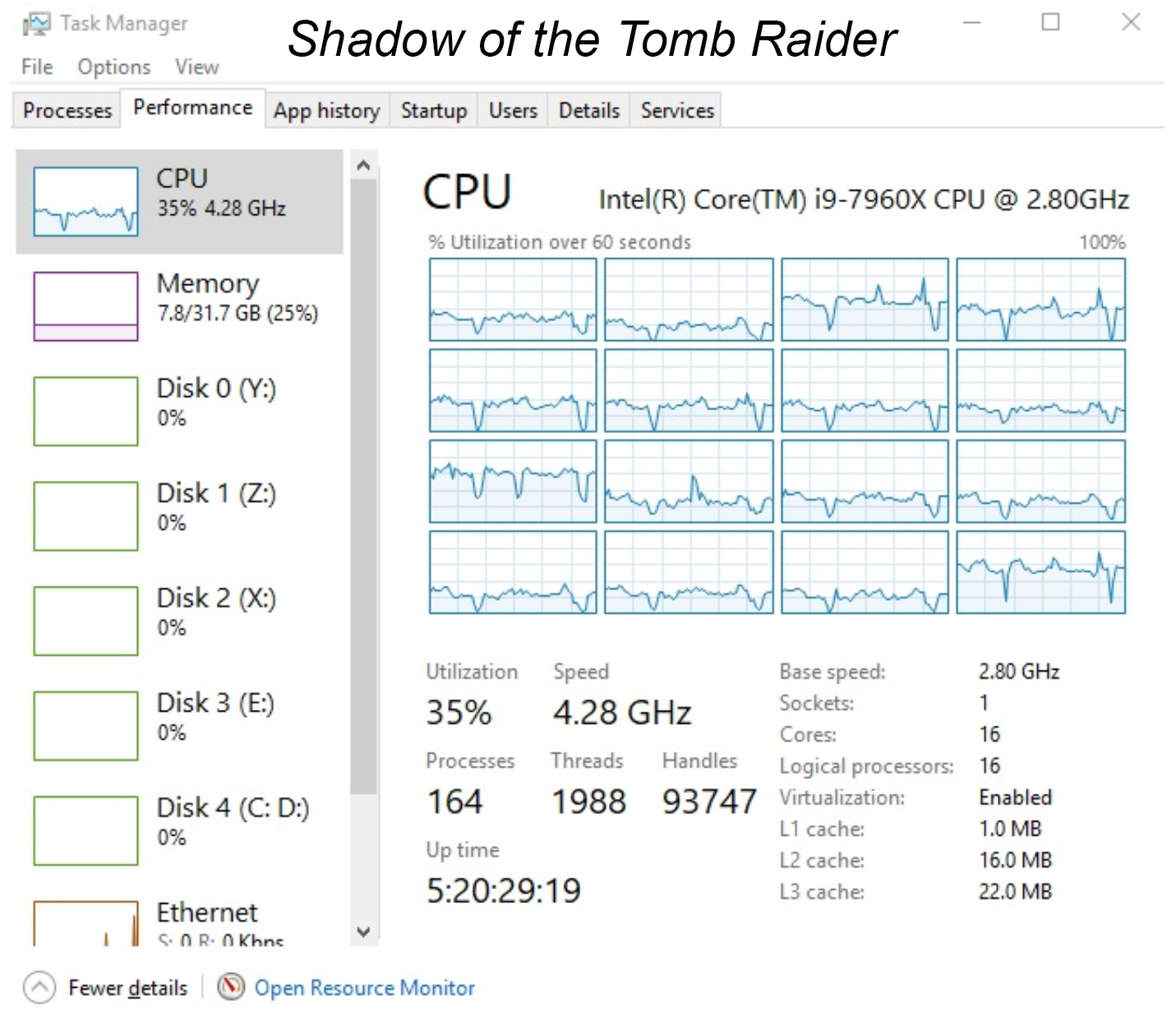
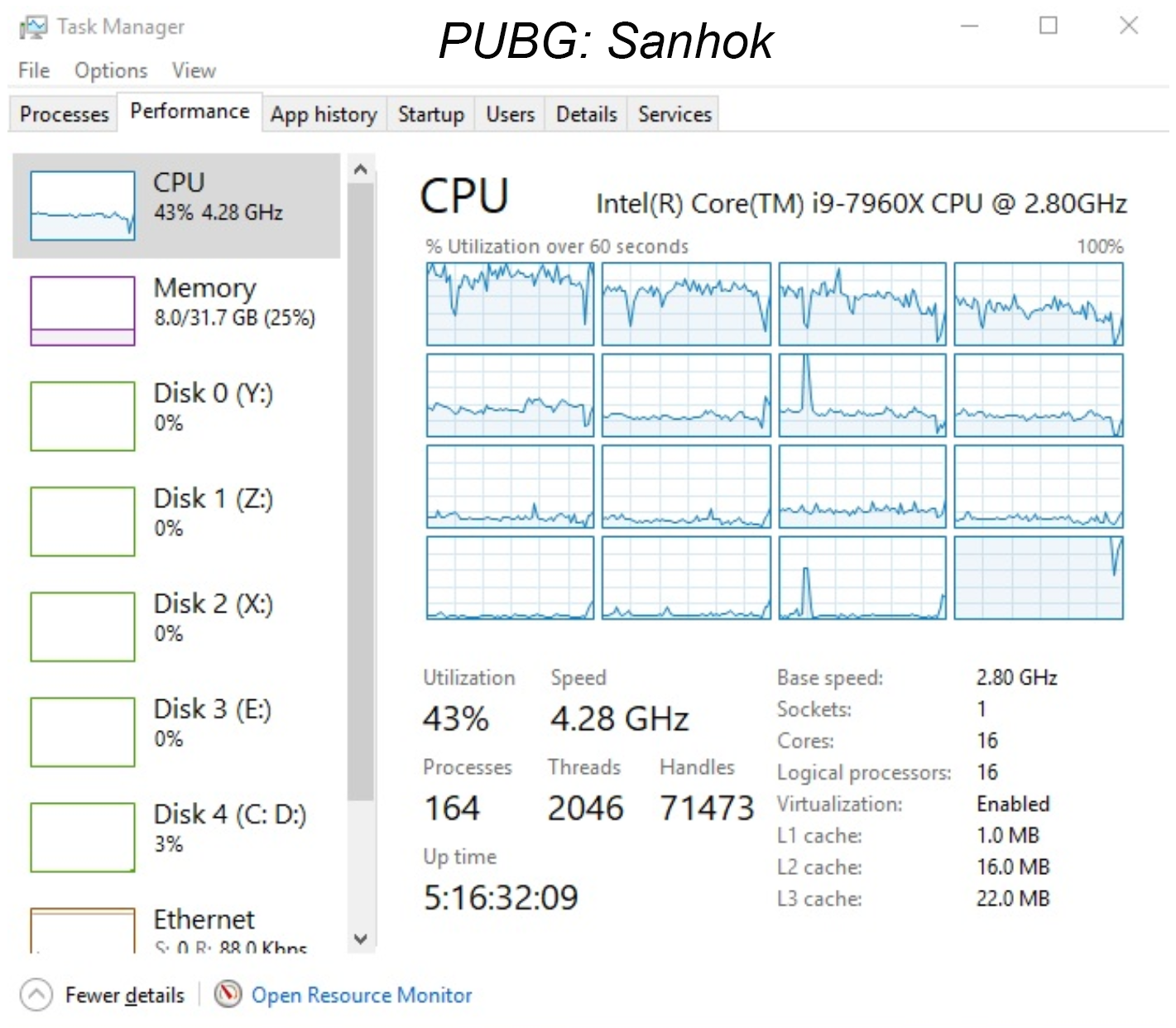
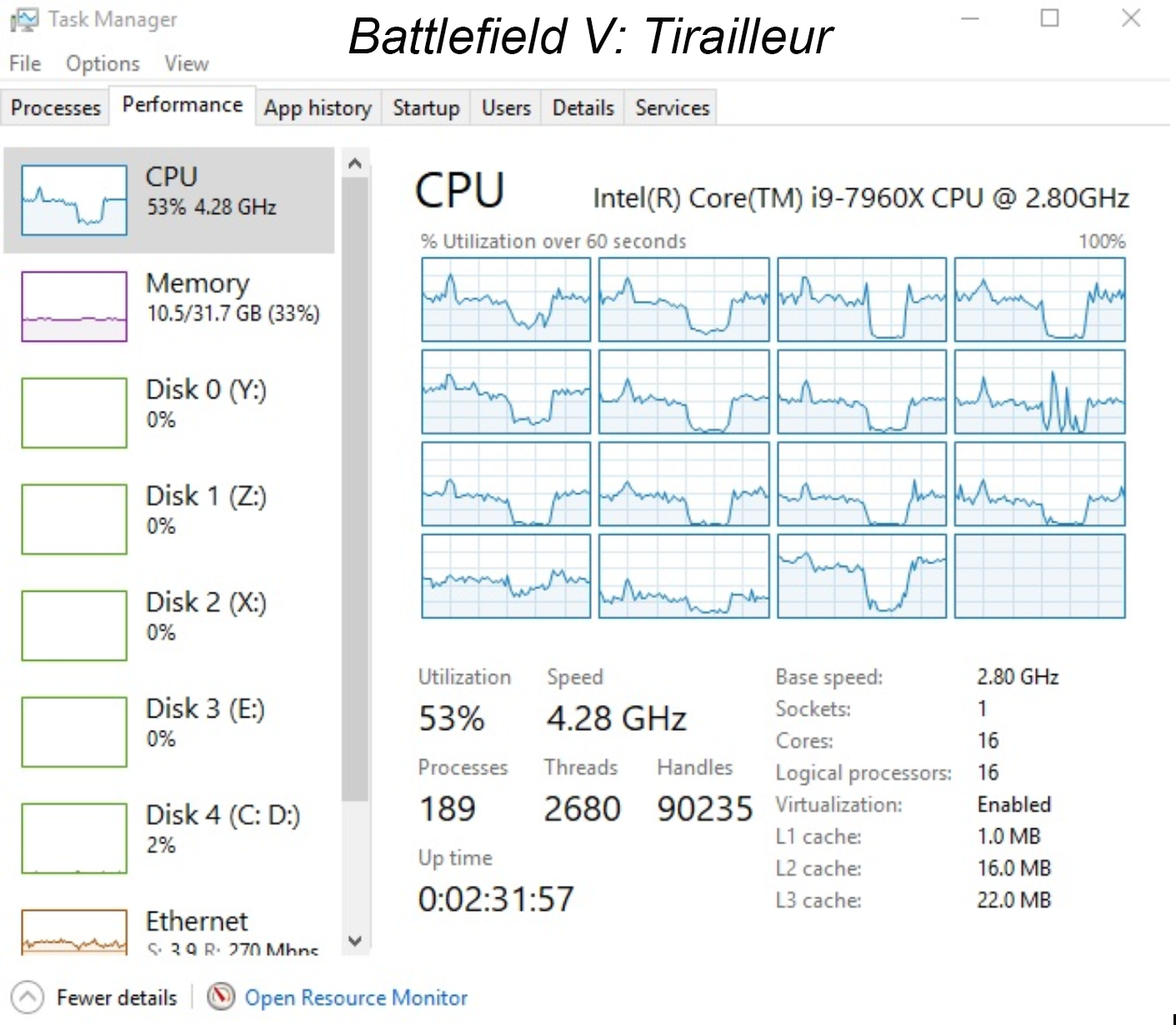
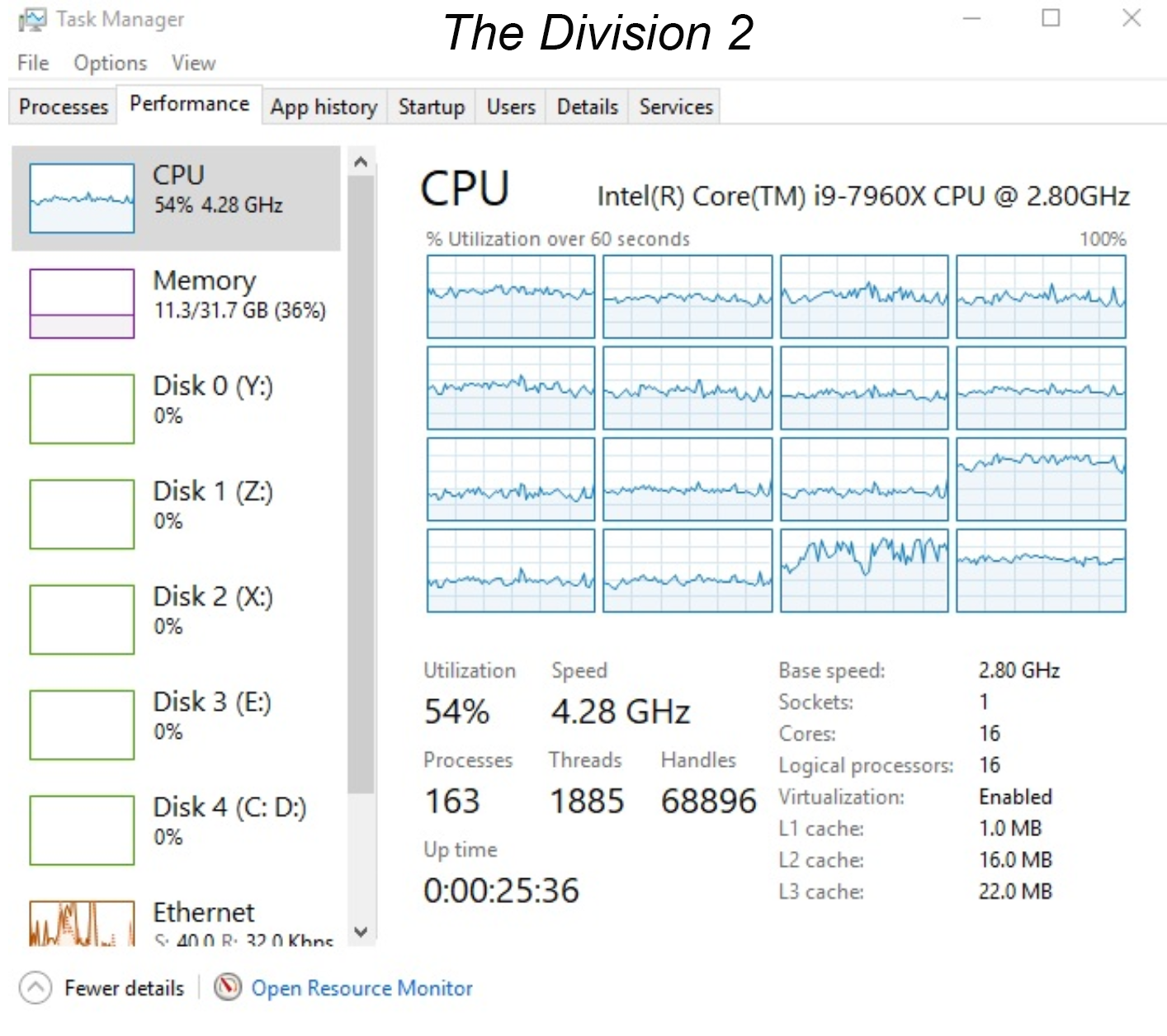
In these titles, the amount of RAM used in total ranges from 6.6GB to 11.3GB (F1 2018 and The Division 2, respectively). Even the low-end 6.6GB is too close for comfort to pegging 8GB capacity, given the overhead for the OS. So if you are a gamer, you may be able to get away with 8GB, but we recommend going for at least 16GB.
Get Tom's Hardware's best news and in-depth reviews, straight to your inbox.
8GB of RAM is fine for those who stick to basic productivity, or those who aren’t playing modern games. You can do plenty of productivity work without swapping out to the page file, but if you plan on running something memory intensive and doing another task at the same time, you could end up exceeding your limit.
16GB: The Sweet Spot
Today, 16GB is the sweet spot between price and capacity for most enthusiasts and gamers. That amount gives you the headroom to do a couple of things at once, without having to close tabs or applications to exceed your available RAM.
Even with The Division 2 using 11 GB (system total), keeping a browser up with 14 tabs, using MS Word, and streaming Twitch in the background, I used around 14 GB. This is getting close to the 16 GB limit, but how often are you really leaving all your work open and playing a game?
My personal system has 32 GB in total and I find it difficult to go over even 16GB with my use model. My typical use includes gaming, MS Word and Excel, photo manipulation in Paint.Net and keeping a dozen or more Chrome browser tabs open.
If you’re a creative professional, however, your needs are different. Those who are rendering large files or doing other memory intensive work, should consider going with 32GB or more. But outside of those kinds of use cases, most of us can get by just fine with 16GB.
32GB: Overkill?
Stepping up to 32GB yields quite a bit of freedom as far as leaving applications (and / or lots of browser tabs) open without a care in the world. None of the games I tested used close to 16GB, let alone 32. Some users on the productivity side of things who manipulate large files, or more than one at once, should consider 32GB or more. Certainly, there are situations where more than 16GB can be used, which would of course push the user to the next tier of 32GB. But for many (probably most) people, this situation it isn’t common.
So what can we do with the extra capacity that 32GB affords if you’re not making use of it regularly? Some movie and photo editing tasks (among other uses), especially in 4K+ resolutions, can benefit from a RAM disk, which takes some of the ultra-fast volatile RAM capacity and turns it into a drive. That drive can then be used as a scratch disk for projects, which is notably faster than having it on a traditional drive--even a very past PCIe SSD. In those cases, having a RAM disk can cut project times down, and make general performance (like scrubbing through an unrendered video project) more smooth and responsive.
Bottom Line
So where does that leave us? Is 8GB enough? Is 32GB needed? For most people the answer is going to be “No” to both of those questions. While there are some users who can easily get away with using 8GB of RAM, if you play modern games and / or are doing some demanding productivity work 16GB is preferred. Using 16GB, most users are able to leave the tasks they are working on up and running and play a game or do extra work without eclipsing that mark and paging out, potentially creating a negative user experience.
32GB, on the other hand, is overkill for most enthusiasts today, outside of people who are editing RAW photos or high-res video (or other similarly memory-intensive tasks). That said, the extra capacity if unused does allow users to create a RAM disk for ultra-fast disk access, which could benefit some applications and tasks.
If your use model currently doesn’t have you coming close to 16GB when fully loaded, get 16GB. If you see your system often getting close to 16GB, then you may want to go ahead and jump into a 32 GB kit, now that prices are lower than they have been for years.
The smartest move, if you have a full-size ATX board with four or more RAM slots, might be to stick with 16GB in a dual-DIMM setup for now if you can get by, and see how much more memory prices fall. If prices slip substantially further you can grab yourself a matching set of low-cost sticks and drop them in alongside your existing pair. A system with four sticks installed may not clock as high as a dual-DIMM setup, but if you can actually make use of that extra memory, having twice as much will be far more beneficial than having half as much that runs a bit slower. As we’ve seen in both our memory reviews and our recent feature about RAM overclocking on AMD’s Ryzen X470 platform, moving up to the fastest RAM possible doesn’t often lead to massive (or even substantial) gains, unless you’re gaming with integrated graphics or using a few specific programs.
MORE: Best Memory
MORE: DDR DRAM FAQs And Troubleshooting Guide
MORE: All Memory Content

Joe Shields is a staff writer at Tom’s Hardware. He reviews motherboards and PC components.
